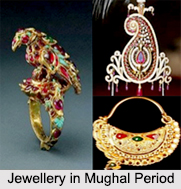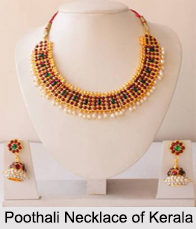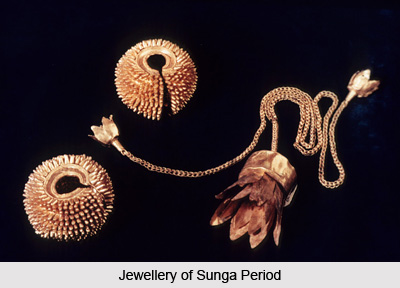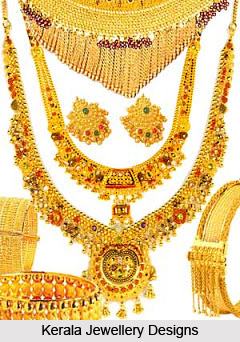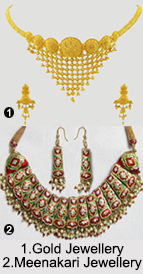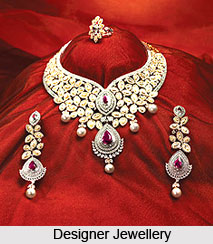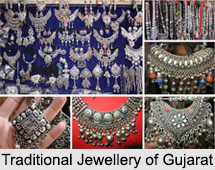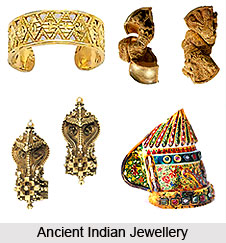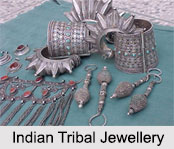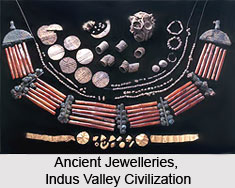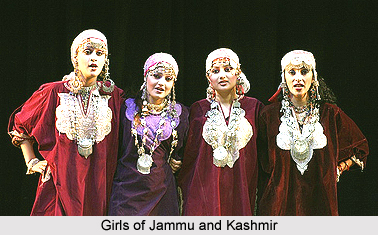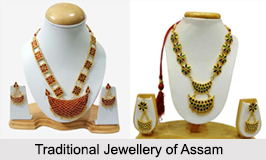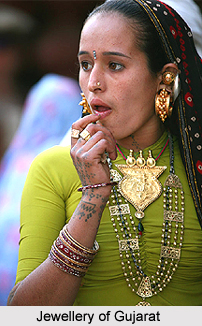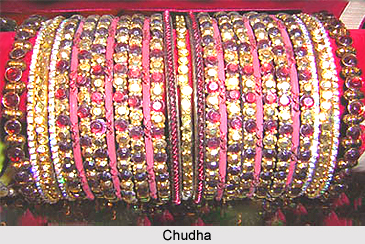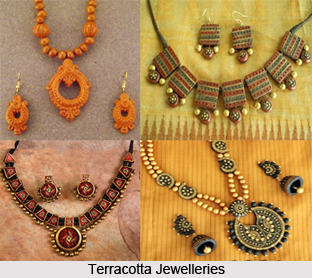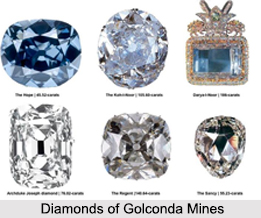 Golconda is universally famous for the mines that have produced the world"s most famous and coveted gems, including the Hope Diamond, Idol"s Eye, the Koh-i-Noor and the Darya-i-Noor. Magnificent diamonds were taken from the mines in the region surrounding Golconda, including Darya-e-Noor at 185 carats (37.0 g), the largest and finest diamond of the crown jewels of Iran. The Golconda Fort used to have a vault where once the famous Koh-i-Noor and Hope diamonds were stored along with other diamonds.
Golconda is universally famous for the mines that have produced the world"s most famous and coveted gems, including the Hope Diamond, Idol"s Eye, the Koh-i-Noor and the Darya-i-Noor. Magnificent diamonds were taken from the mines in the region surrounding Golconda, including Darya-e-Noor at 185 carats (37.0 g), the largest and finest diamond of the crown jewels of Iran. The Golconda Fort used to have a vault where once the famous Koh-i-Noor and Hope diamonds were stored along with other diamonds.
Golconda was once renowned for the diamonds found on the south-east at Kollur Mine in Guntur district, Paritala in Krishna district and cut in the city during the Kakatiya reign. The kingdom of Golconda was a group of mines concentrated around the Krishna River, located in the modern Indian state of Andhra Pradesh. Gemologists use this classification to denote a diamond with a complete lack of nitrogen; "Golconda" material is also referred to as "2A".
History of Golconda Mines
At that time, India had the only known diamond mines in the world. Golconda mines yielded very few diamonds. Golconda was the market city of the diamond trade, and gems sold there came from a number of mines. The fortress city within the walls was famous for diamond trade. However, Europeans believed that diamonds were found only in the fabled Golconda mines.
During the Renaissance and the early modern eras, the name "Golconda" acquired a legendary aura and became synonymous for vast wealth. The mines brought riches to the ruling Qutb Shahis of Hyderabad State, who ruled Golconda up to 1687, then to ruling Asaf Jah of Hyderabad State, who ruled after the independence from the Mughals in 1724, until 1948, when Hyderabad was annexed, to become an Indian state.
Famous Diamonds of Golconda Mines
Many famed diamonds are believed to have been excavated from the mines of Golconda, such as:
•Darya-e-Noor
•Idol"s Eye
•Noor-Ul-Ain Diamond
•The Koh-i-Noor
•The Hope Diamond
•Princie Diamond
•The Regent Diamond
•Wittelsbach Diamond
These are the rarest and purest diamonds ever found. Golconda diamonds are still considered to be the finest and possess superb luminousness and transparency.
